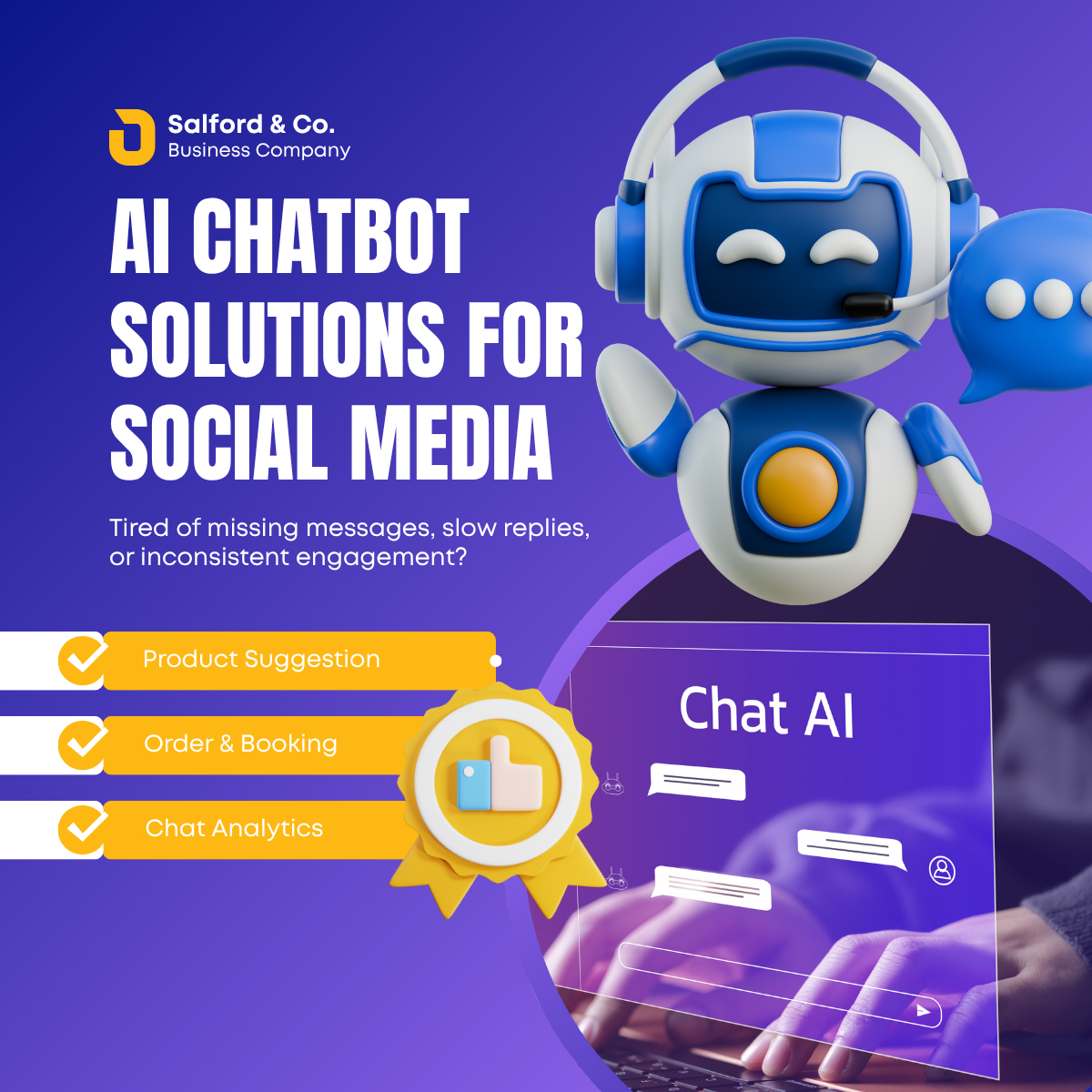GPT-4 vs GPT-4o: Major Differences You Should Know
Discover OpenAI’s groundbreaking innovation with Sora, the AI video generator transforming content creation. Explore its ability to turn text into stunning, high-quality videos, its wide applications across industries, and how it’s redefining the future of video production and storytelling.

GPT-4 vs GPT-4o: Major Differences You Should Know
OpenAI, a global leader in artificial intelligence, continues to set new standards with the introduction of GPT-4o, its most powerful and multimodal model to date. Building on the success of GPT-4, this new release is transforming user experiences with improved speed, lower latency, and broader capabilities—all while maintaining the deep language understanding users have come to expect from OpenAI models.
About OpenAI
Founded in 2015, OpenAI is headquartered in San Francisco and is known for developing cutting-edge AI technologies such as GPT, DALL·E, Whisper, and Codex. With a mission to ensure that artificial general intelligence (AGI) benefits all of humanity, OpenAI continues to lead the AI landscape through innovation and responsible development.
GPT-4o: A Major Leap from GPT-4
Released in May 2024, GPT-4o ("o" for "omni") introduces significant improvements over its predecessor, GPT-4. While GPT-4 has powered ChatGPT for over a year with remarkable performance in reasoning, coding, and language understanding, GPT-4o brings a seamless multimodal experience that allows users to interact with text, audio, and images natively—all in real time.
Core Differences Between GPT-4 and GPT-4o
| Feature | GPT-4 (Turbo) | GPT-4o |
|---|---|---|
| Modalities | Text only | Text, Image, Audio (input/output) |
| Performance | High reasoning, slower latency | Faster, more responsive |
| Multimodal Capabilities | Limited image support via DALL·E | Native multimodal (vision & audio) |
| Speed & Cost | Slower and more expensive | Up to 2x faster, 50% cheaper |
| Context Window | 128K tokens | 128K tokens |
| Voice Interactions | Available (separate voice mode) | Real-time, expressive voice built-in |
| Accessibility | ChatGPT Plus (Pro only) | Available to free-tier users too |
OpenAI’s Vision with GPT-4o
With GPT-4o, OpenAI is delivering a single unified model that is more human-like in its communication. Users can now engage with the assistant in voice conversations that feature natural pauses, laughter, emotional tone, and rapid real-time interaction—bringing us closer to fluid human-computer conversation.
OpenAI is also expanding access to this technology, making GPT-4o available not just to Pro users, but also introducing it in the free tier of ChatGPT with certain usage limits.
Applications Across Industries
GPT-4o is designed for a broad range of use cases:
-
Education: Real-time tutoring with voice and visual aid support.
-
Business & Productivity: Faster meeting summaries, report generation, and multimodal analysis.
-
Design & Creativity: Generate visuals, analyze images, and describe scenes with context.
-
Development: Code understanding with faster iterations and debugging assistance.
-
Accessibility: Enhanced AI interaction for visually or hearing-impaired users via voice/audio.
Developer and Ecosystem Support
Like GPT-4, GPT-4o is also available via OpenAI API and integrated into Microsoft Copilot, Azure OpenAI Service, and other partner platforms. Developers can now build smarter apps that leverage GPT-4o’s ability to handle image uploads, interpret voice instructions, and respond with more context-aware answers.


 author
author 








